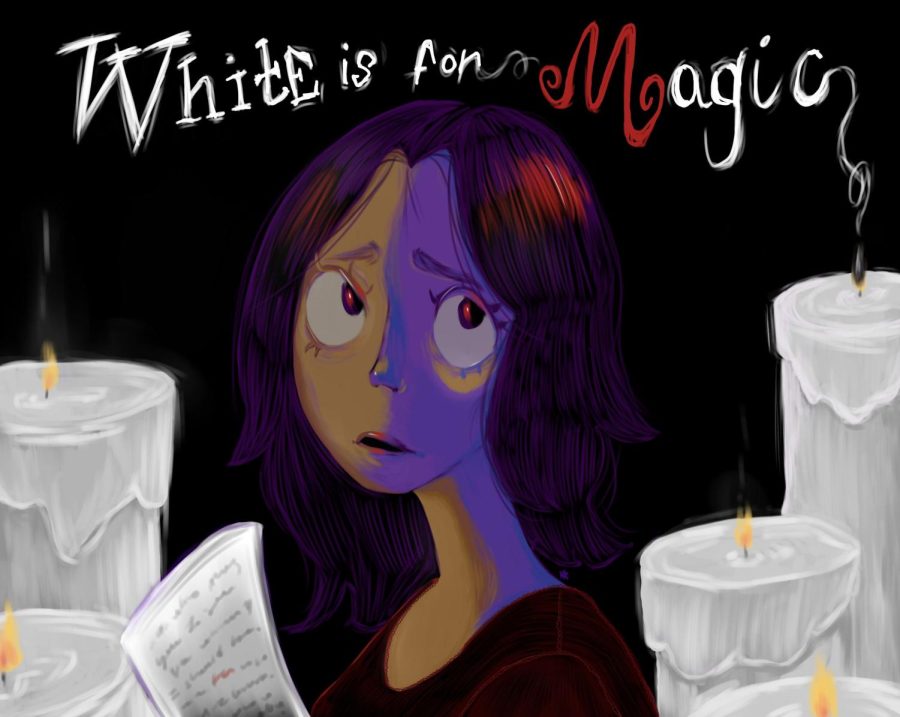White is for Magic
Everyone loves a good thriller, but unfortunately, Laurie Faria Stolarz fails to dive deep enough in White is for Magic.
Candles play a central role in White is for Magic.
A wrenching gut tells the truth while a thriller’s expectations cloud one’s thoughts, holding the truth captive until the last page is turned. This toxic taste of dissatisfaction arises in White is for Magic, a book by Laurie Faria Stolarz, which leaves readers with nothing but a vast abyss of emptiness.
This narrative follows seventeen-year-old Stacey Brown and her senior year at boarding school. Relationships have never been Stacey’s forte, as evidenced by her rocky relationships with her mom and her boyfriend Chad. However, her closeness with her grandma is mentioned several times in the thriller and the mystery that results from the white candle Stacey receives as a gift from her grandmother. Her mother was never one to support Stacey’s interest with witch-like activities, a trait Stacey received from her grandmother, who introduced her to practicing “spells” and “magic.”
Stacey’s best friends Drea and Amber are there for the ride when Stacey’s nightmarish dreams of people who have been brutally murdered kick off, again. These dreams have haunted Stacey in the past and even affected her relationship with Drea. But with the leisurely pace of the narrative gingerly revealing the mystery, the book punctures the genre’s reputation. Stolarz’s narrative is strong and effective but misses a thrillers’ punch.
Toward the end of the narrative, readers are introduced to a transfer student named Jacob, the boy who claims to have the same nightmarish dreams as Stacey, although his is of her death. Stacey becomes conflicted with her feelings for Jacob and his honesty. Unfortunately, readers can see this coming from a mile away. In fact, the narrative is predictable from the beginning, causing the reader to feel vexed.
These feelings should surround the reader; taunting words lingering in one’s ears, individuals forced to the edge of their seats, emotions coursing through veins, one’s heart beating rapidly out of control, blood running hot as words trick the thoughts that arise in their mind, all the while searching for answers that don’t exist with wonder-filled eyes. These feelings are what thrillers are supposed to leave their audience with and yet White is for Magic just barely scratches the surface of these toxic feelings that won’t leave one with enough, causing one to want more. Stolarz’s book lacks this “wanting more” idea and instead feeds readers with the shallow waters of what thrillers are made of. The narrative has so much potential if Stolarz would have dived deeper into the depths of the genre.

Greetings! My name is Evelyn Nelson, a junior A&E writer for the Lantern. For the most part, I’m usually plunging into the deep realms of dark, moody...

Hi, my name is Kalie Campbell-Moline and I'm a senior. My main skill is creating and I love almost anything sweet or macabre. I get complimented a lot...

